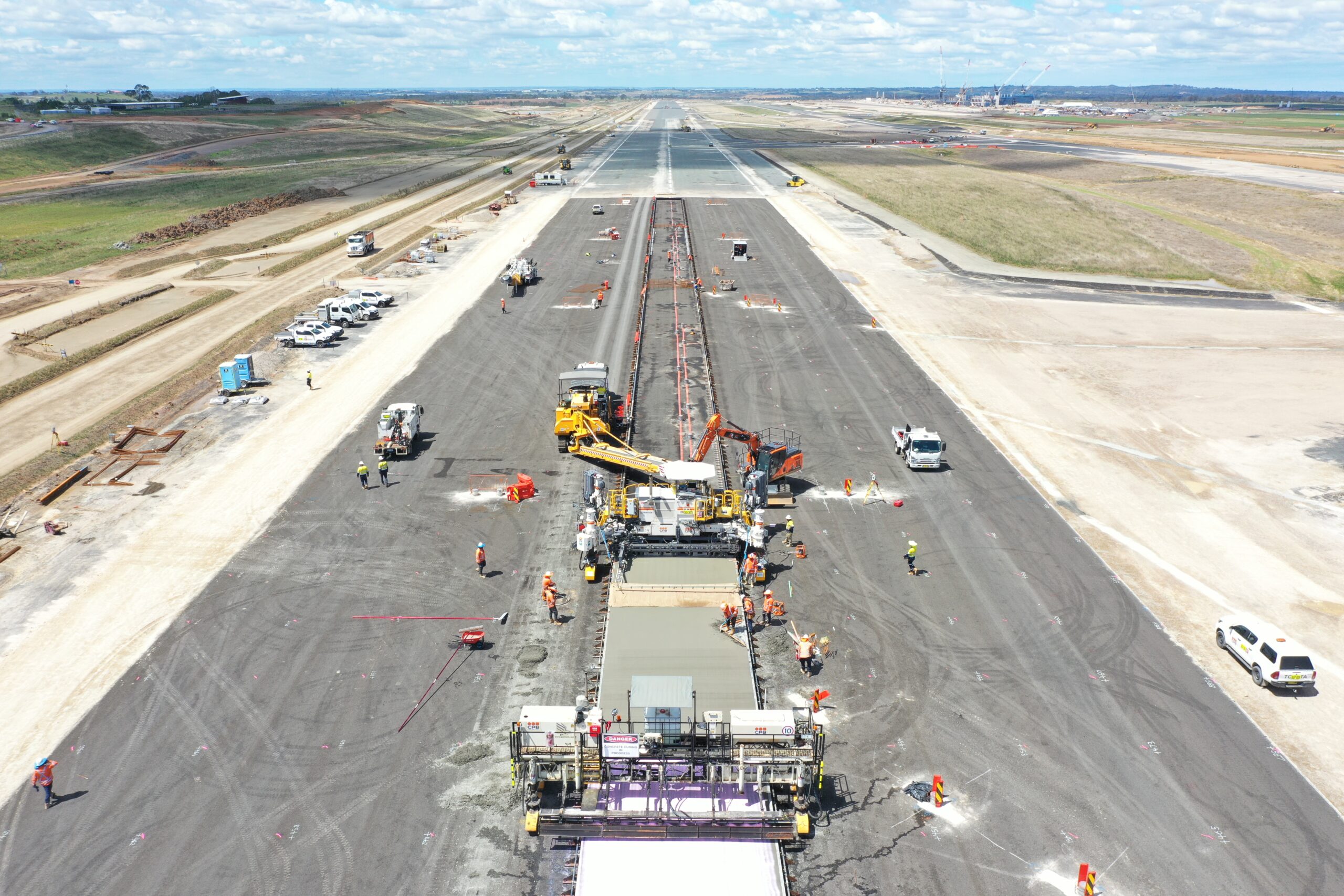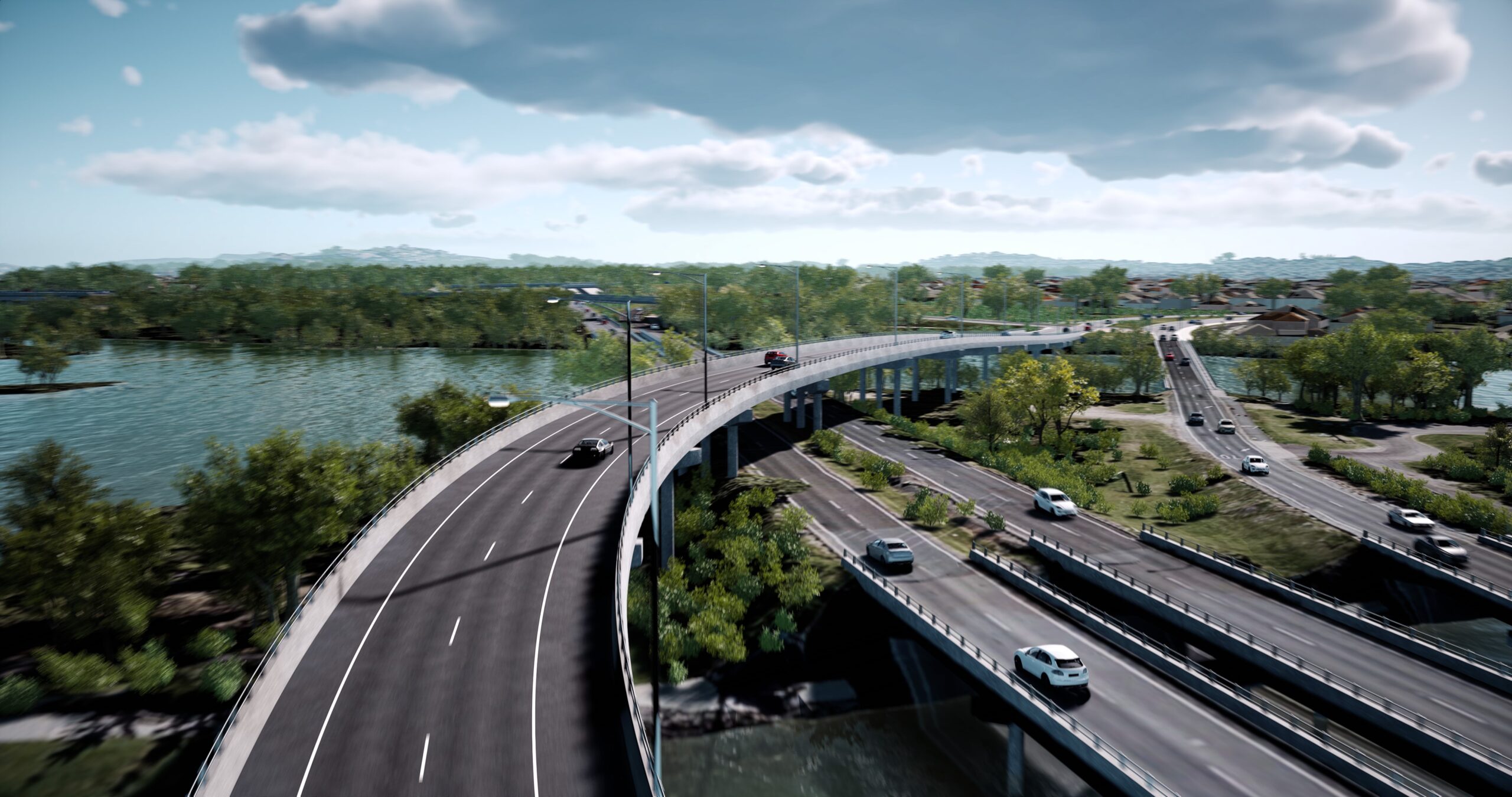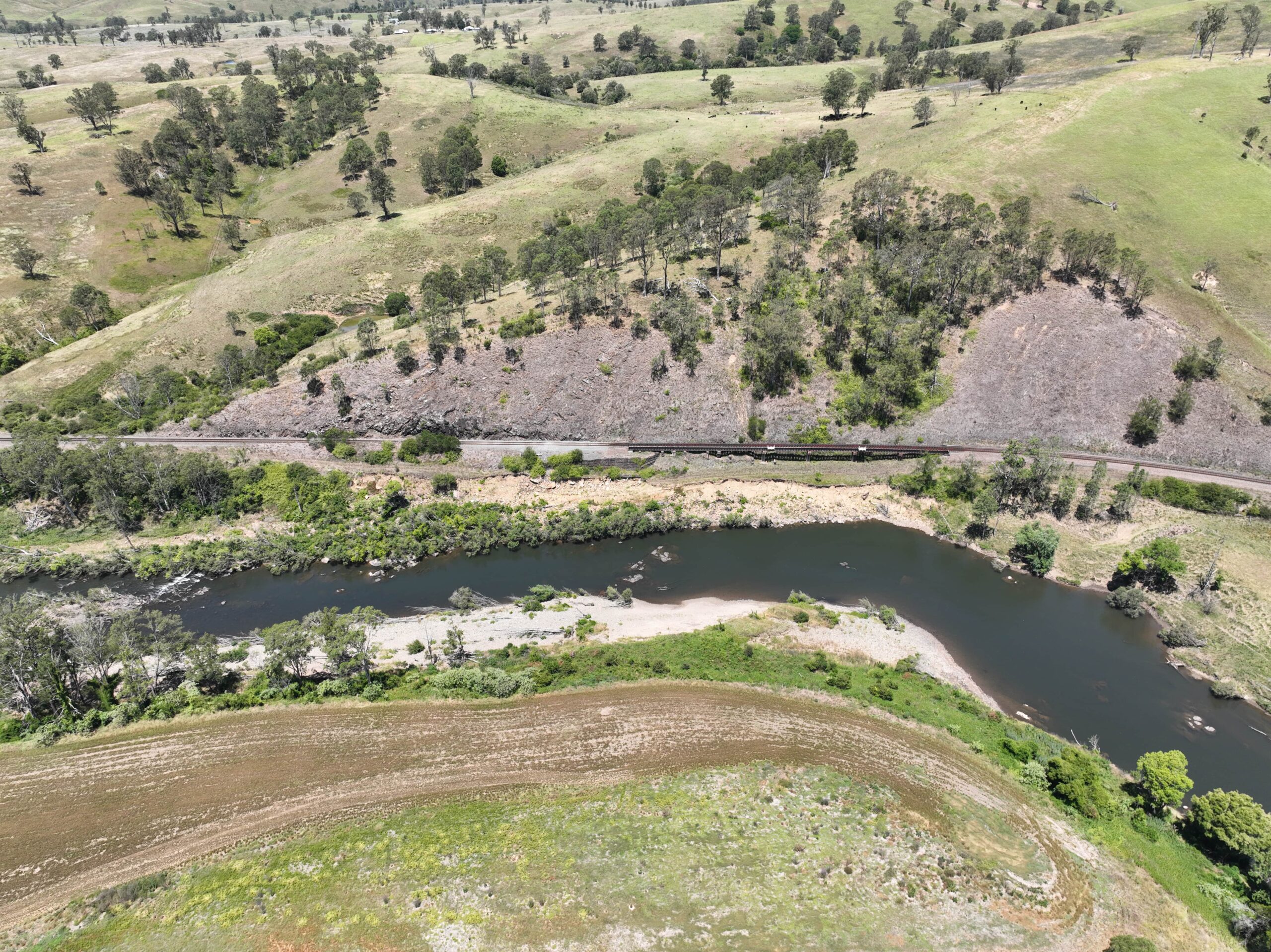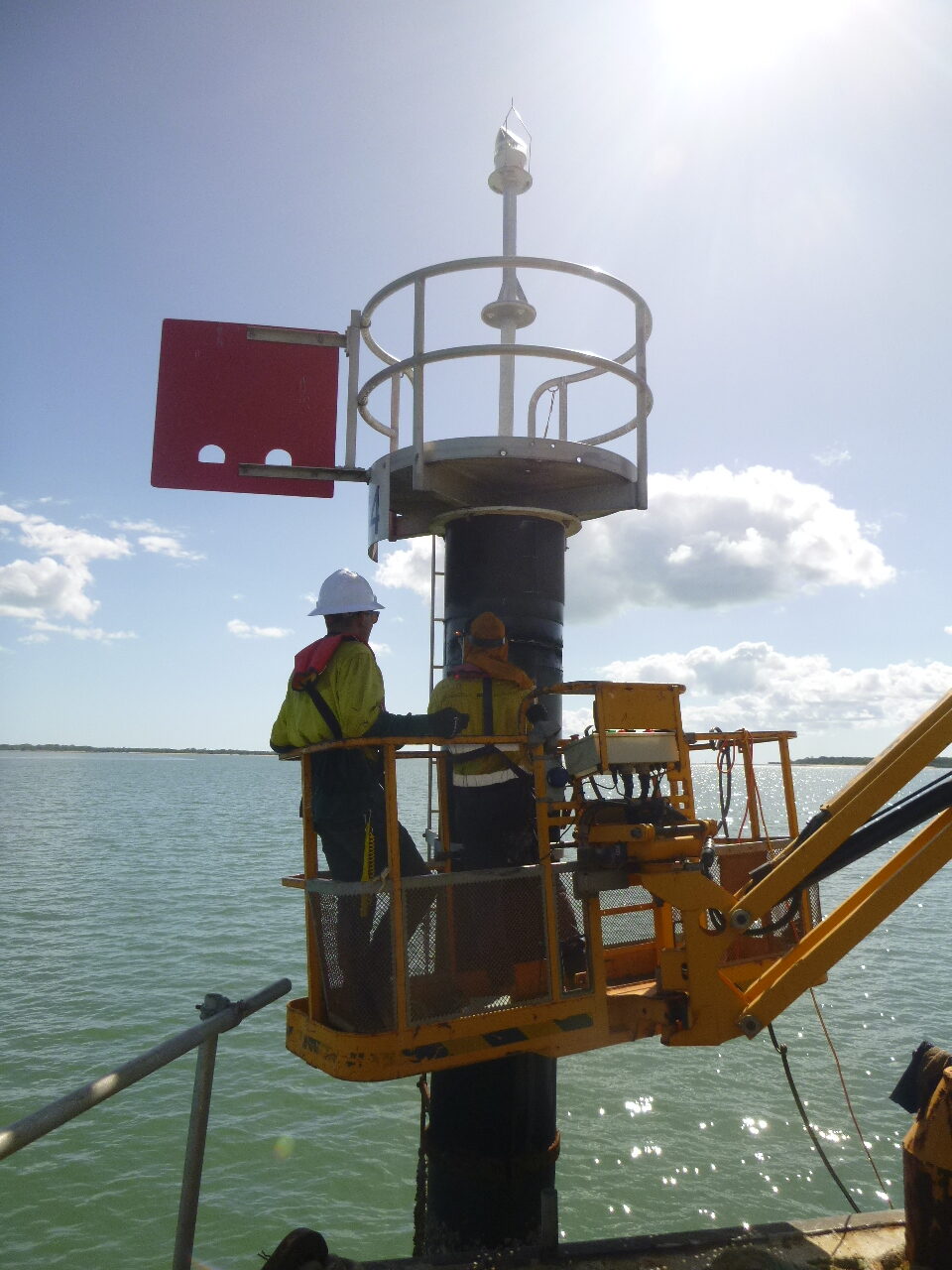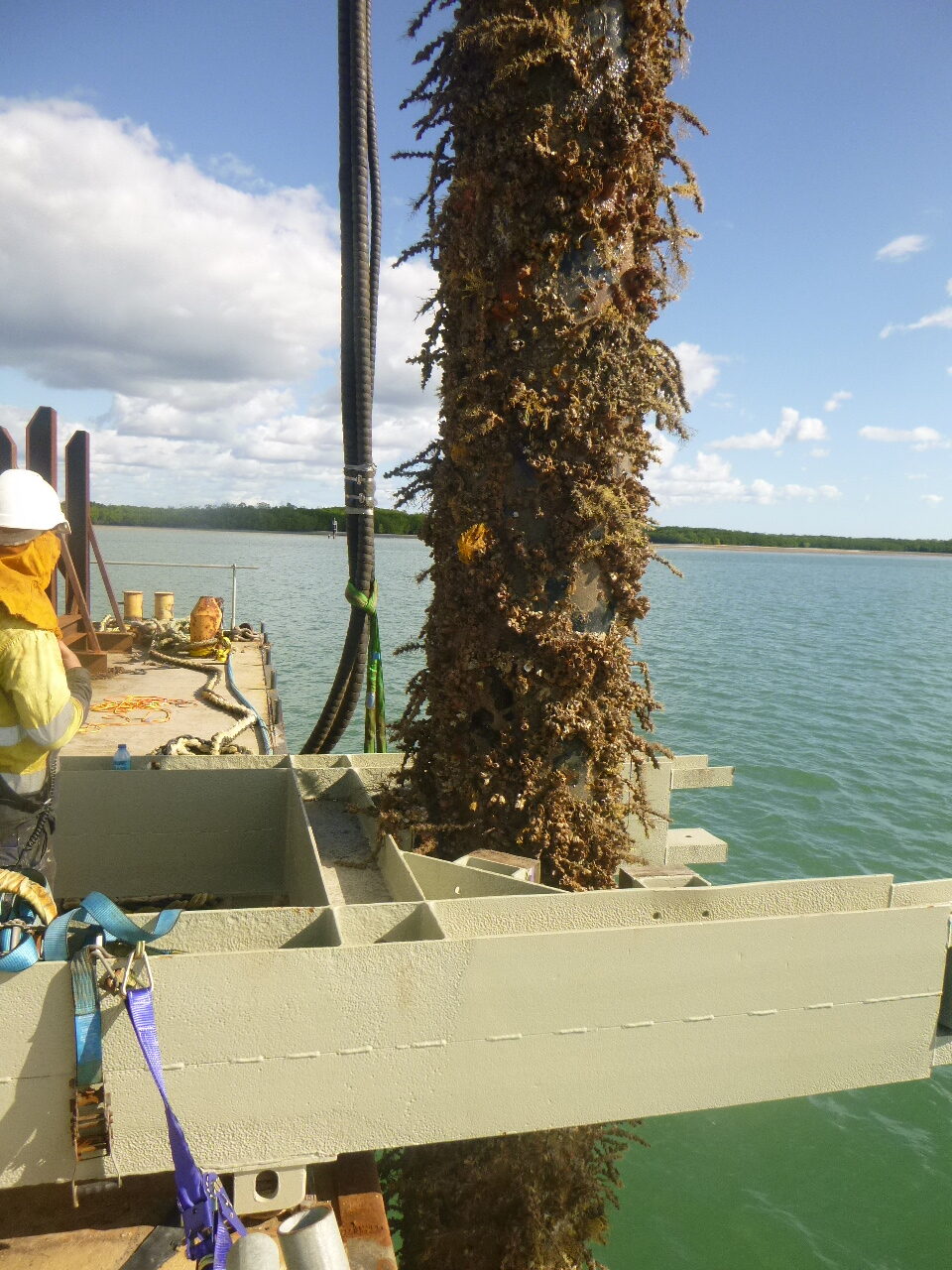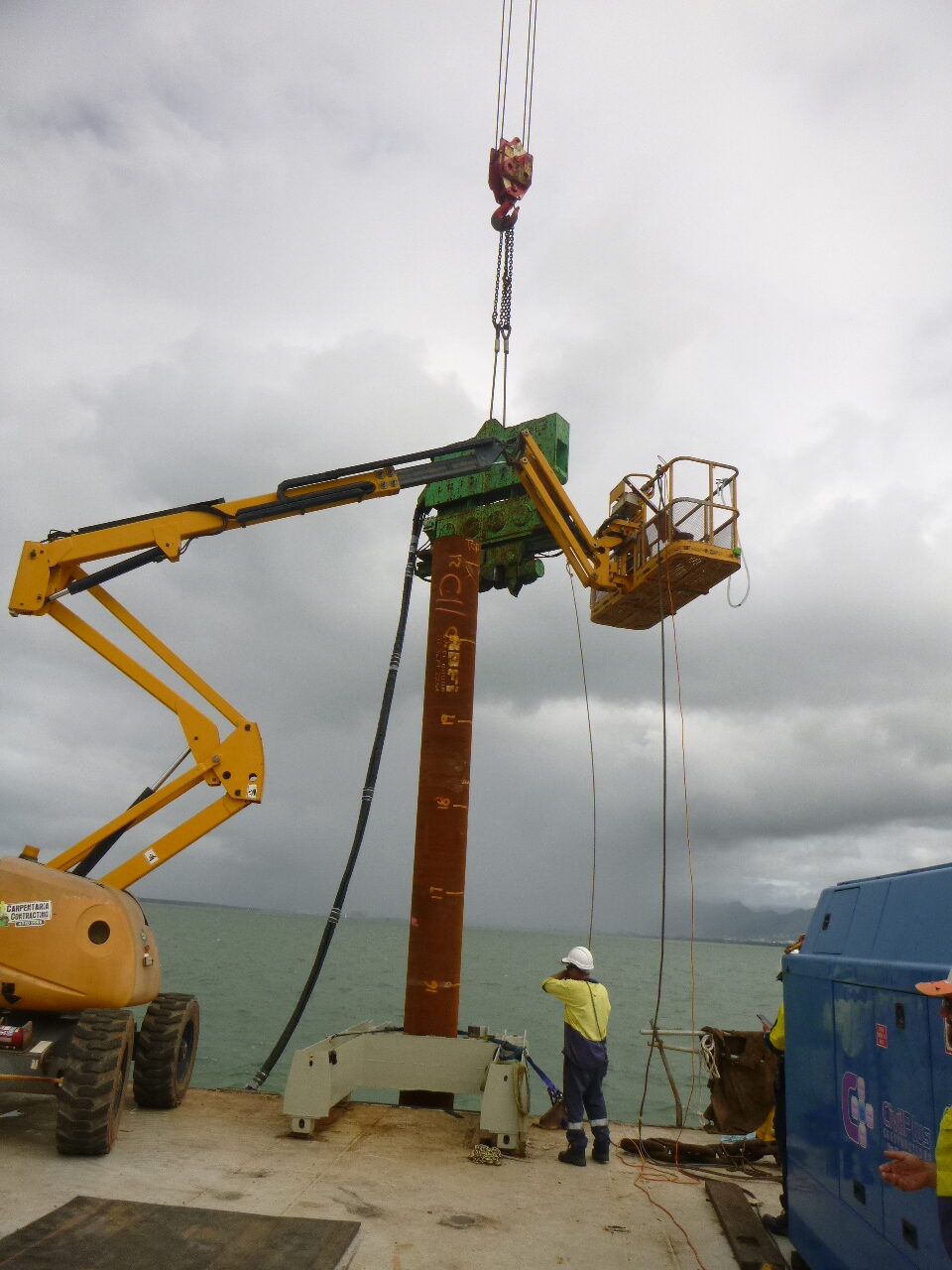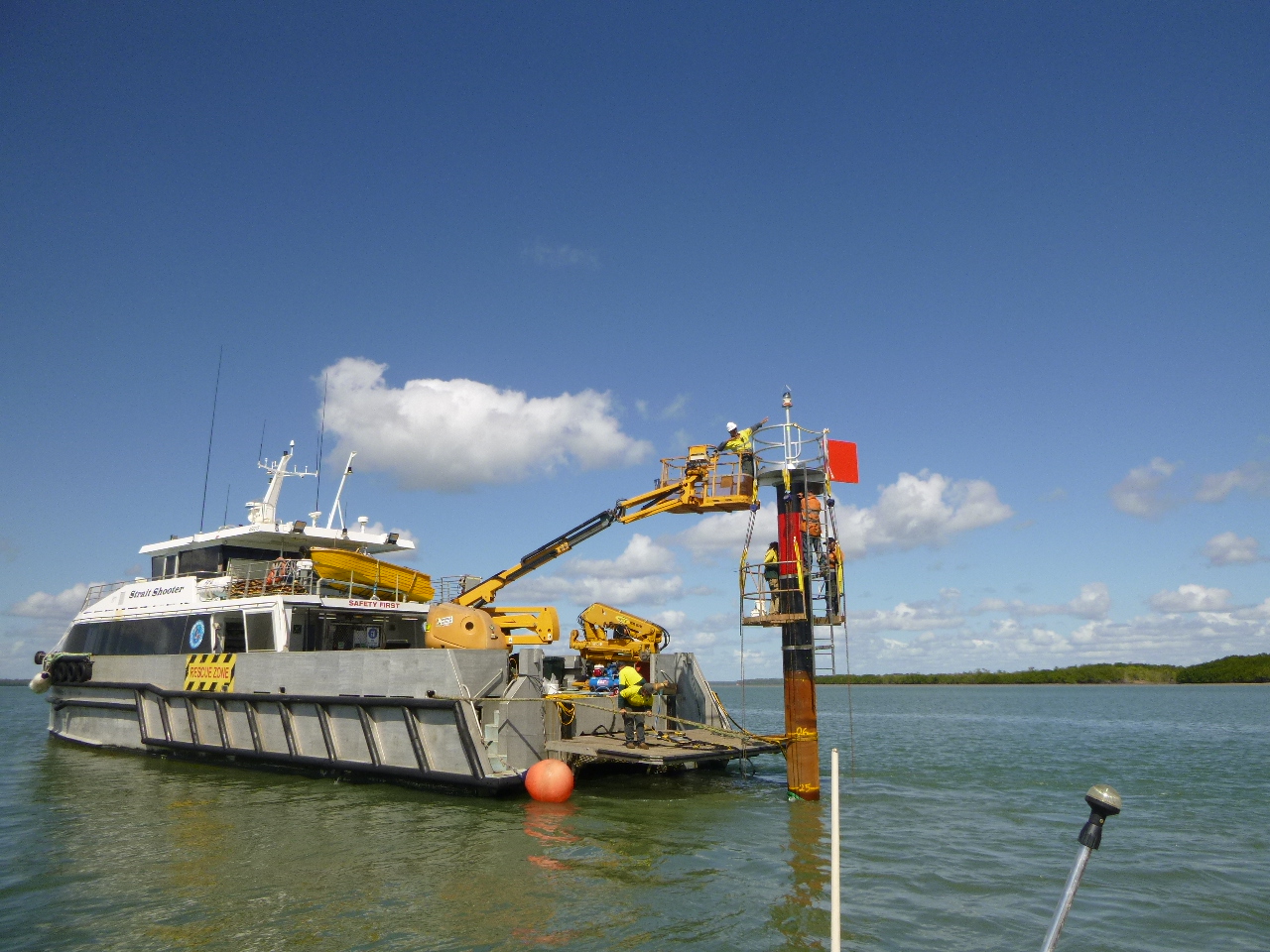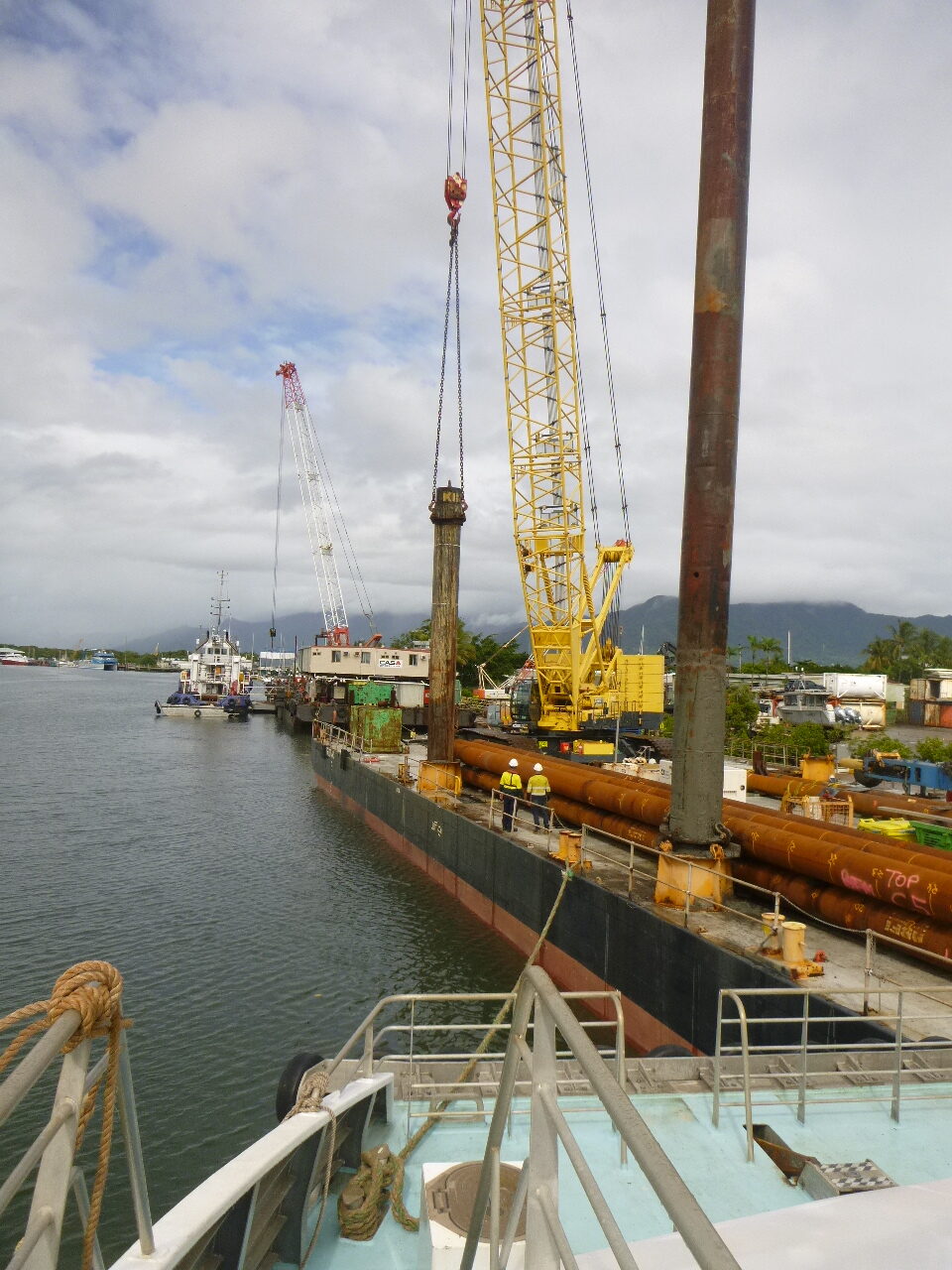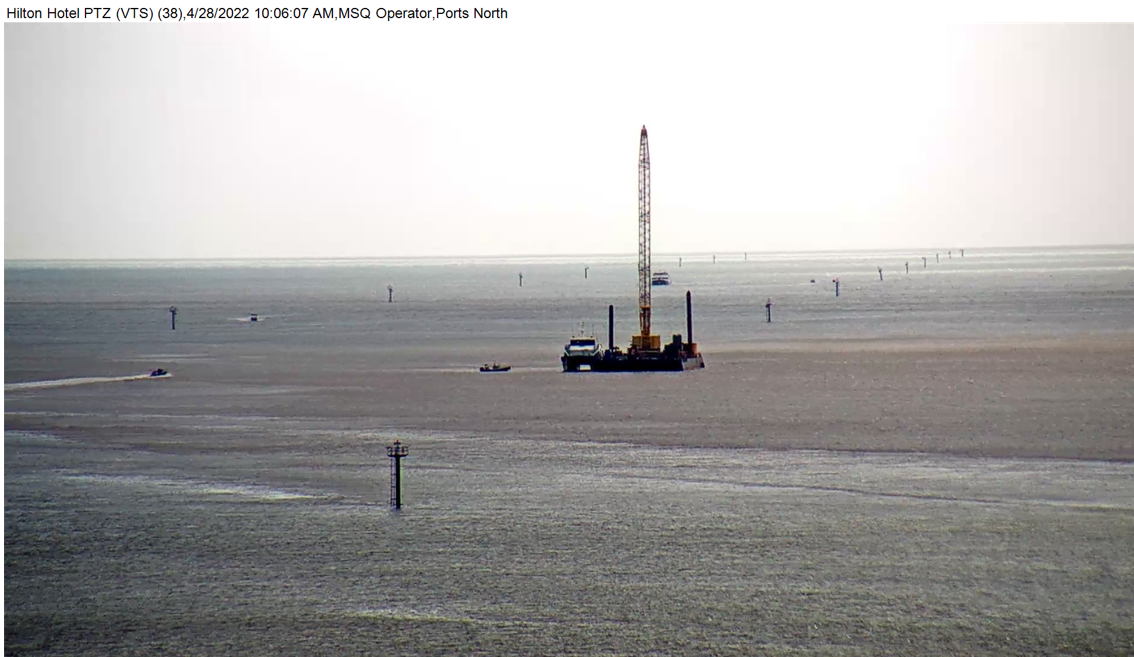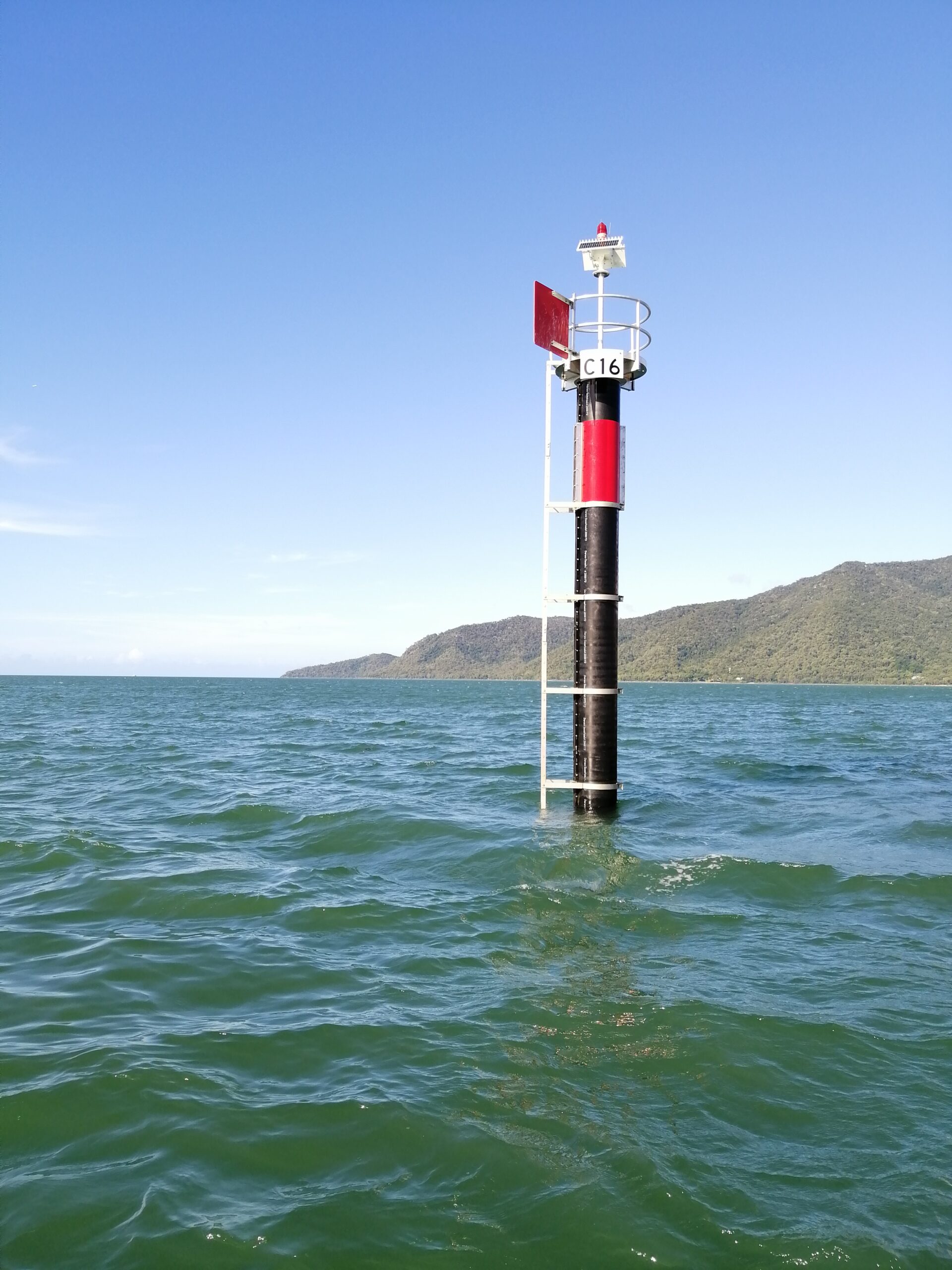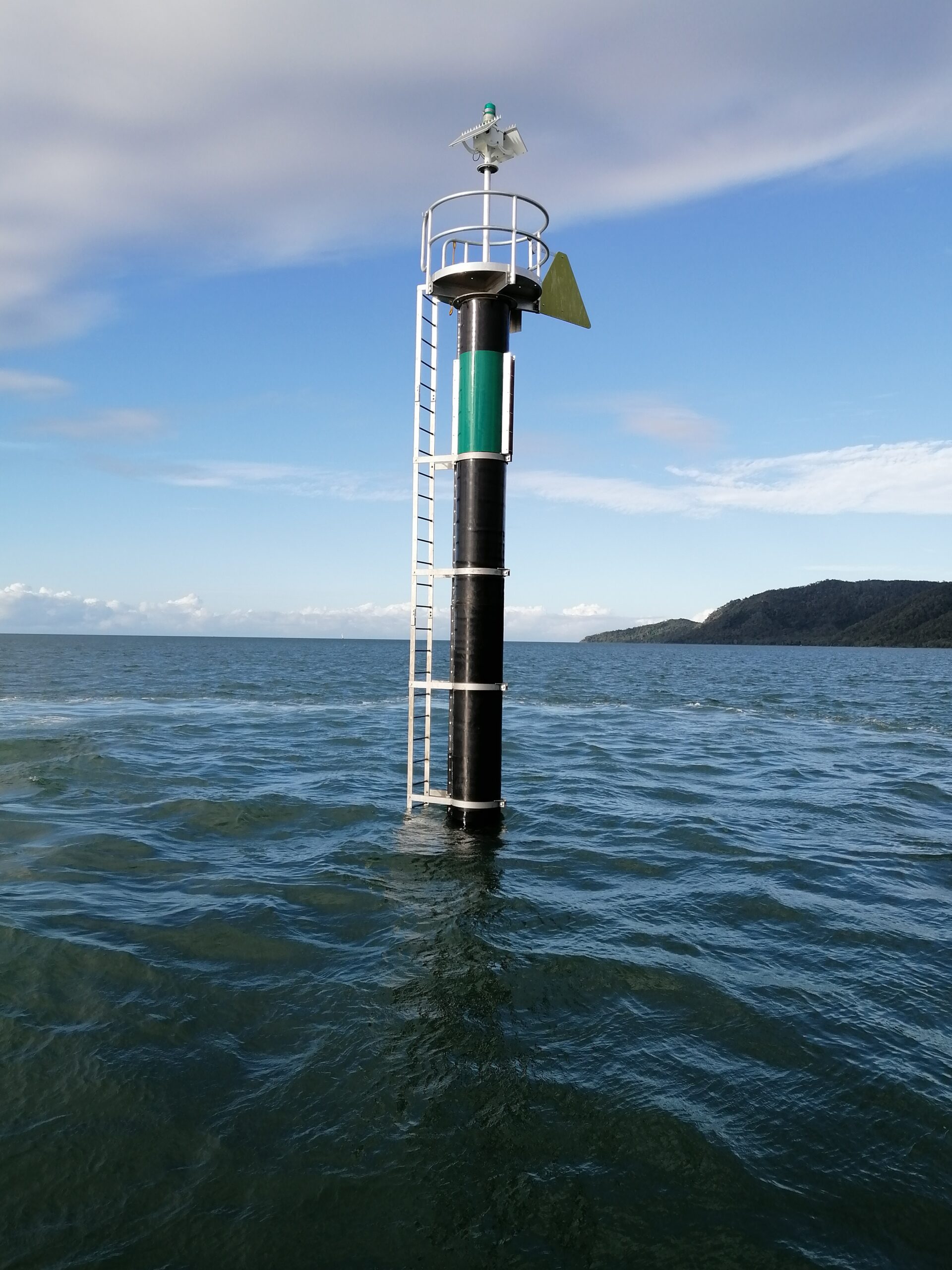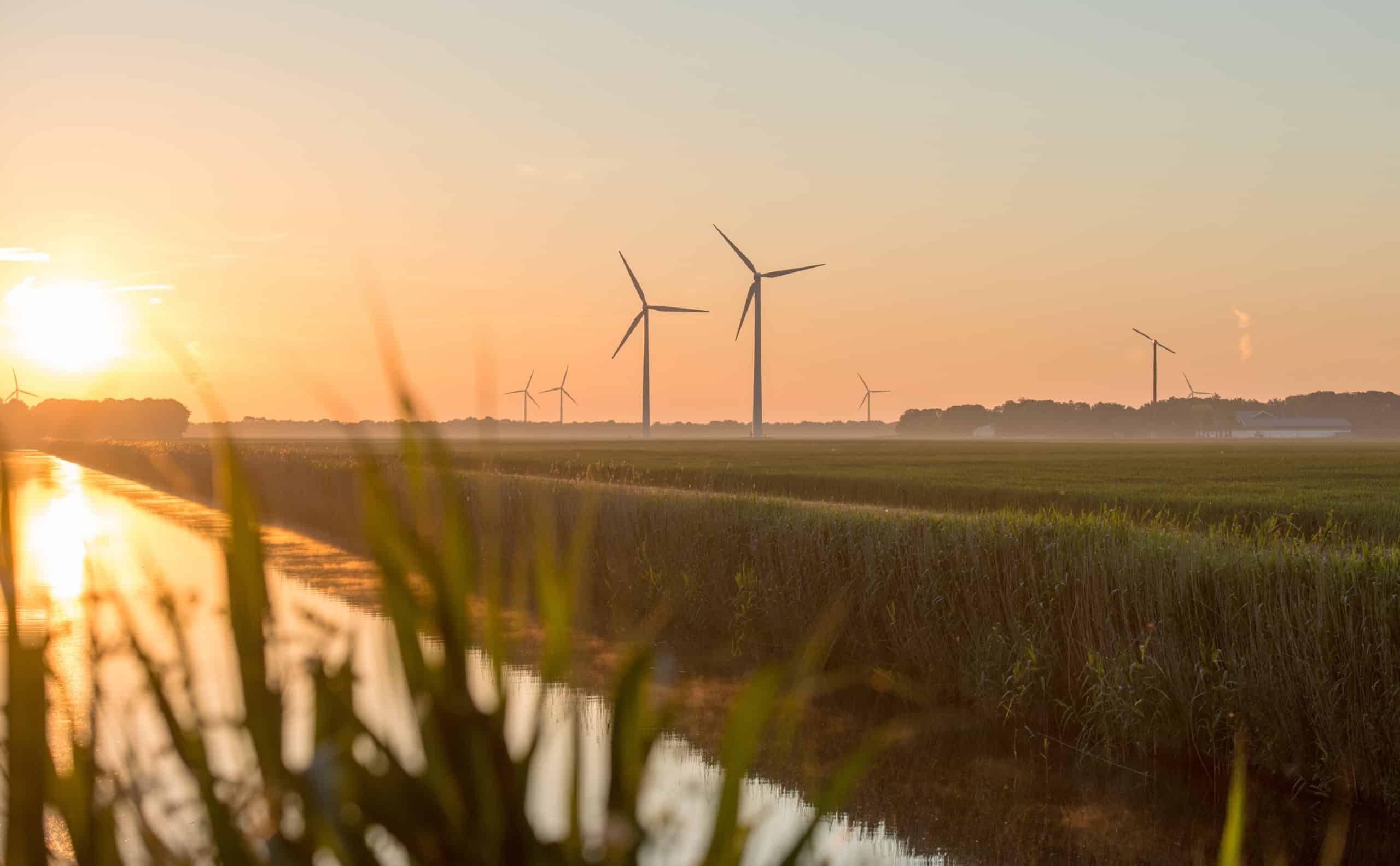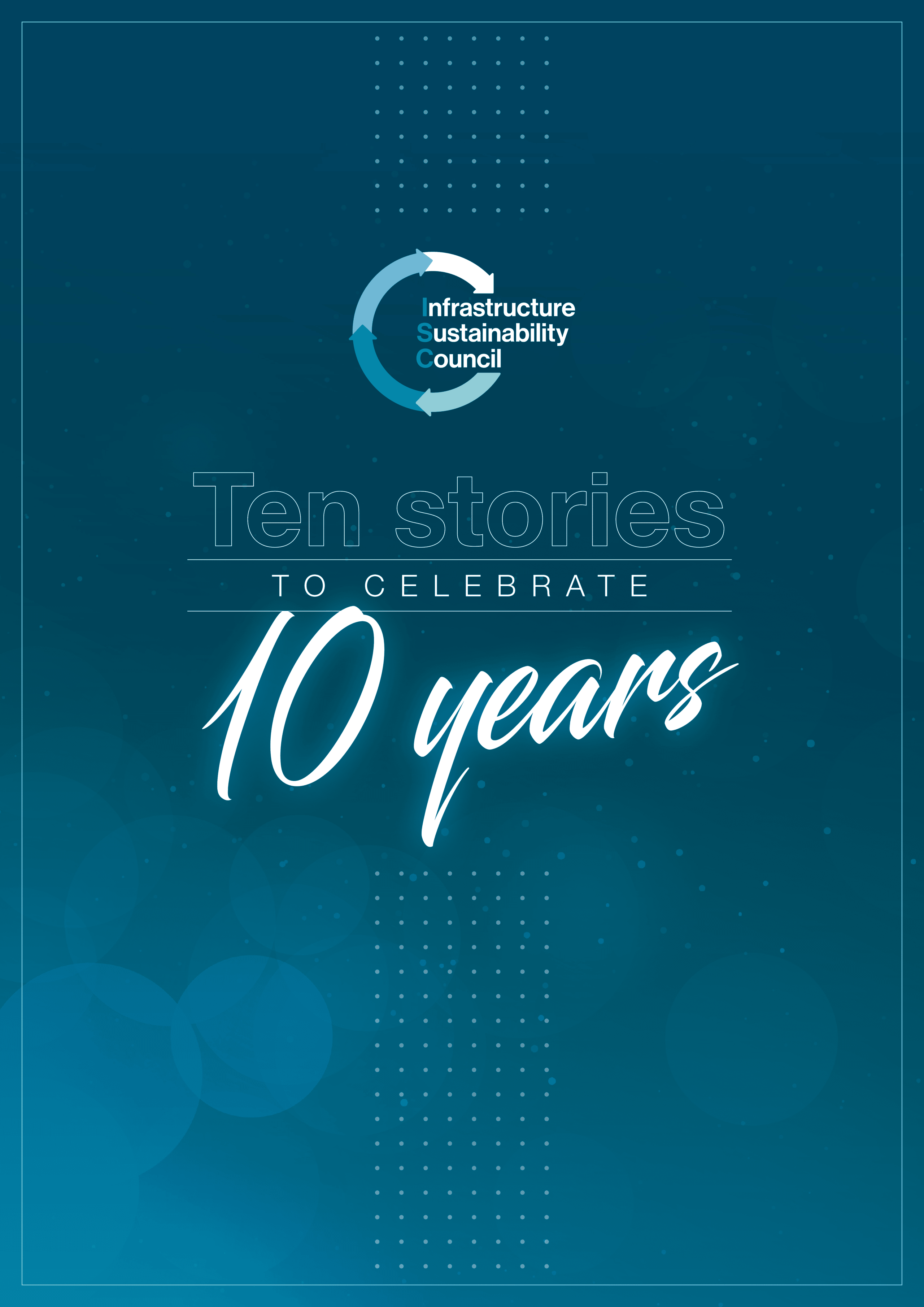Watch the recording of our most recent IS Update recorded on the 21st of June 2023.
Author: loren.blundell@iscouncil.org
IS Planning Tool Information Webinar
Watch the recording of our IS Planning Tool Information Session as we look at the upcoming release of the IS v2.1 Planning Technical Manual.
During the session our speakers cover:
- Introduction & Overview , Declan Collins, Regional Lead – WA, NT and SA, Infrastructure Sustainability Council
- IS v2.1 Planning Technical Manual, Dr Kerry Griffiths, Technical Director, Infrastructure Sustainability Council
- Using the IS v2.0 Planning rating on projects, case studies and learnt experiences, Amy Elkington – Technical Director, GHD
Beyond Climate Positive
Leveraging the Olympics and Paralympics as a catalyst for change
Sports have the power to unite; so too does sustainability. The Brisbane Olympic and Paralympic Games in 2032 is a powerful catalyst for cumulative change – before, during and long after the event itself. Now is the time to come together for a positive infrastructure legacy that serves people, the environment and the economy.
The infrastructure sector wants to set the direction toward legacy, we are looking to provide answers. Much like the king in the parable of ‘The Three Questions’, by acclaimed author Leo Tolstoy, we are asking the questions; when is the best time? who are the best people? what is the most important thing to do?
The Infrastructure Sustainability Council is proud to have partnered with AECOM, and engaged with our members to develop this thought-leadership report, exploring the concepts of climate positive, resilience and nature-based solutions. This is the starting block for a collaborative process with the infrastructure sector to deliver a sustainable legacy through Brisbane 2032. As the fastest growing region for infrastructure in Australia, Queensland will benefit from the findings and develop well into the future, sharing well beyond the region.
This report highlights a number of opportunities from the outset, through strategy, by collaborating, innovating and continually learning.
As we set our ambition and go through the finish line, the answers to our questions are much like Tolstoy’s hermit suggested to the king wishing to leave a legacy: The most important time is now. The most important people are those you are with. The most important thing is helping those around you – and with the addition of our findings – helping for today and for tomorrow.
With this is a race that must be won by delivering more resilient, inclusive, climate positive infrastructure enabling people and our sector to thrive.
To read the full report, click below.
Catastrophe escalates the urgency of resilience – A letter from our CEO
This year, much like the start of 2020, has been a confrontation of crises. This year New Zealand’s north experienced extreme rainfall causing widespread flooding events just days apart, with Cyclone Gabrielle following in quick succession. Ex-tropical cyclone Ellie wreaked havoc in the Kimberley with hundreds of people living in multigenerational homes now homeless. Emergency response was hampered with the remote region cutoff as a result of significant damage to the sections of Great Northern Highway and Fitzroy Crossing.
While each event was devastating in its own right, and a national state of emergency called, the cumulative impact on infrastructure has left communities crippled.
Flooding and landslips closed rail lines and major roads, inundated buildings and left many suburbs without critical services. Widespread power outages meant gaping holes in the communications network, and back-up batteries in many cell sites failed within hours and days. The transport and telecommunications network collapsed and connectivity with impacted loved ones left a wake of not only devastation but an equal measure of distress.
Another vivid demonstration of the compounding impact of extreme weather events on infrastructure and another resounding call to arms. Even with urgent action to address climate change, extreme weather events will continue to become more frequent. And while it’s important to improve our response to these events, we must prepare better for them – starting now.
Our infrastructure must enable greater resilience and support communities withstand the next weather events, which will increase in intensity. That means changing how we have traditionally planned, designed and constructed for gradual change. We also need to operate assets responsively for more rapid recovery.
In the face of fire, flood and other natural disasters, infrastructure is key to community resilience. This is also true for human-induced catastrophes.
Infrastructure does more than provide us with essential services. It also connects us—physically through transport networks and virtually through communication networks. Infrastructure enables people to thrive – it is the very foundation of resilience.
But infrastructure systems are intrinsically entwined with natural systems. And climate change affects them all. These systems are now poised to interact in new and sometimes unexpected ways.
Crisis exposes vulnerability and inequity. It can also be a catalyst for positive change. The recently-released AR6 Synthesis Report, authored by the Intergovernmental Panel on Climate Change, shows our journey of insufficient action and a pathway to increasingly dire outcomes.
The time to act is now.
With commitments and targets in place, there are 81 months to deliver substantial reductions in emissions. There will be difficult choices to accelerate emission reduction for the future and balance how we meet demands of today. This requires consideration of outcomes at the outset of planning new infrastructure and paying greater attention to valuing our aging infrastructure.
As we reduce emissions, and increase resilience enabled by infrastructure, its time to look back and learn. Question what has been done in the past and take heed of approaches that no longer serve us.
We step into this difficult phase, understanding that economies will be challenged with higher inflation and considerable uncertainty. Its time to adjust the collective risk appetite as our shared responsibility and take action for today and tomorrow.
Ainsley Simpson
Chief Executive Officer
Infrastructure Sustainability Council
Case Study: Maritime Safety Queensland: A new beacon of sustainability
Since Pharos lit up the night for ships in ancient Alexandria, humans have marked our waterways to ensure safe and smooth passage. Beacons may have ancient origins, but ingenious thinking and innovative technology have combined to help Maritime Safety Queensland set new standards for sustainable marine infrastructure.
“When ships are off the coast, they are often out of sight out of mind. But maritime infrastructure plays an important role in our transport network. By working with IS Essentials, we challenged many of our business-as-usual decisions to deliver safer, more sustainable infrastructure.”
Amanda Scarpato
Director Maritime Program Management Office, Maritime Safety Queensland
Queensland Department of Transport and Main Roads
Overview
Just as traffic lights and signs guide drivers on the roads, buoys and beacons do the same on water. But exposed to the elements, beacons have had a surprisingly short lifespan of just 40 years. With 30 beacons – 12 in Cairns’ port and another 18 in the port of Weipa – ready for replacement, Maritime Safety Queensland (MSQ) decided it was time to think differently.
To access the full case study, click below.
Modern Slavery Coalition
To accelerate the eradication of modern slavery from infrastructure supply chains.
The ISC Modern Slavery Coalition was established in 2019 in response to the introduction of the Australian Modern Slavery Act. This coalition aims to accelerate the eradication of modern slavery from infrastructure’s supply chains by shifting industry from a place of reactive compliance to one of transformational leadership.
The International Labour Organisation estimates there are over 40 million victims of modern slavery globally. Modern slavery includes a range of severe exploitive practices, including slavery; servitude; forced labour; debt bondage; abuse of vulnerability and other means for the purpose of exploitation. Of the estimated 40 million victims, 25 million people were victims of forced labour of which 18% are in the construction sector.
Current members of the ISC Modern Slavery Coalition
Alexander Coward – Director, Pillar Two (co-chair)
Sebastian Conley – Sustainable Procurement Manager (co-chair)
Sara Lindqvist – Sustainability Manager, Downer Group
Christopher Bourne – Senior Manager, Environment and Sustainability, ACCIONA
Jim Green – General Manager Strategic Procurement, John Holland Group
Anderson Camargo – Sustainability Manager, Ventia
Ramon Dobb – National Procurement Manager
Join the ISC Modern Slavery Coalition
The Modern Slavery Coalition is very keen to hear from any ISC member that might be interested in joining the group. The Coalition meets approximately every six weeks and works together to raise awareness, build capability and deliver positive impact toward the ultimate goal of the eradication of Modern Slavery. Email us (info@iscouncil.org) for further information.
Click here to register your interest in joining the Modern Slavery Coalition today.
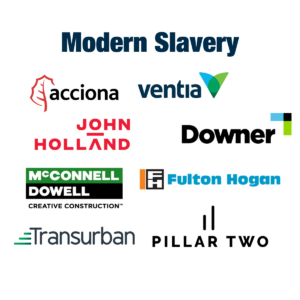
Climate Action Coalition
To accelerate climate action in every town, city and region through a place-based approach.
The cities and regions in which we live, work and play are as unique and diverse as we are as individuals – no two are the same. While we are all working towards a common global goal of positive climate action, how that is delivered from place-to-place needs to be responsive to the specific context, strengths and vulnerabilities of those communities – particularly if we want to leave a lasting positive legacy.
Infrastructure has a leading role to play in delivering climate action. Infrastructure enables up to 70 per cent of emissions through the way we plan, design, build and use infrastructure assets. This coalition will progress a systemic, networked approach to accelerating decarbonisation focused on towns, cities and regions rather than leveraging the knowledge and work undertaken at an asset, sector and material level.
This may include:
- Convening and leveraging existing knowledge, expertise and resources in the sector to lead placed based approaches to climate action for every town, city and region.
- Progress the principles and frameworks outlined in Placed-based Approach to Climate Action which includes:
- Collaboration between governments, industry, business and communities is needed across powers; partnerships; platforms (data); and people.
- Integrated, systemic and collaborative governance that plays to the unique strength and influence of each actor.
- Is built on the principles of placed-based approaches; co-design; systems approach and innovation.
- Identify and partner with pilot places to support acceleration of placed-based approaches while sharing learnings and insights for others to scale.
Circular Economy Coalition
To accelerate the transition to circular business models and economies in infrastructure.
Minimising raw material extraction, avoiding waste and halting pollution are crucial strategies for achieving net zero emissions and stemming nature loss.
A key mechanism in achieving this is a systemic transition to a circular economy supply chain that maintains the quality, availability and value of a wide variety of used resources through recycling, logistical and re-use processes that work efficiently and effectively for the infrastructure sector. As such, there has been a lot of work locally and globally to accelerate the transition to circular economy. Much of this focus has been on developing innovative approaches to materials and resources e.g. waste management, products, recycled content sorting, processing and manufacturing.
This coalition compliments and aligns with existing progress and initiatives to focus on the ‘economy’ of circular economy looking at how to integrate the infrastructure network of systems to drive circularity through circular business models and local economies.
This may include:
- Understanding and sharing what is a circular vs linear business model for infrastructure including examples from other sectors.
- Understanding and recommending key points in the value chain and/or economic levers (e.g. business case, investment, procurement, development, decommissioning) in which a circular economy framework can be embedded and how to do that.
- What are the economic metrics and indicators of circular management and success.
- How can circular economy support and enable the broader industry reform agenda (e.g. collaborative contracting models).
Resilience Coalition
To accelerate systemic resilience so that infrastructure can enable thriving lifestyles, communities and nations, now and into the future.
There is an increased focus on resilience and adaptive capacity across society, economy and the built environment, particularly in the wake of early climate change impacts and COVID-19. It is becoming increasingly common for resilience planning to be undertaken at the asset and local government levels incorporating placed-base approaches and stakeholder involvement.
The challenge remains how we consider resilience and adaptive capacity in a systemic way – not only in consideration of additive and cascading risks and impacts; but also by embedding resilience through the supply chain; from investors, asset owners, users and suppliers.
Resilience in infrastructure is not just about protecting the built forms but ensuring that the service the asset provides will remain flexible, agile and resilient through the shocks and changes of the coming century:
- Understanding, defining and measuring systems versus asset resilience.
- Understanding the asset and associated levels of service required from infrastructure to enable communities to thrive (and not just survive) during the next century.
- Aligning financial drivers (e.g. investment, insurance) to better reflect the risk, costs and opportunities associated with shocks and changes across the 21st Century.
- Exploring the systemic considerations of additive and cascading risks and impacts which may impact and/or require adaption.
- Exploring the “business model” of new and emerging types of infrastructure that provide a resilience service e.g. blue/ green infrastructure.
Three new member coalitions to bring together the industry in our response to climate change challenges facing Infrastructure
The ISC has launched three new coalitions bringing together the best and brightest minds to address the important issues facing our industry at this time.
Each coalition will work over a three-year period to define the issue, design practical and dynamic solutions, and deploy a toolkit for implementation. These coalitions will create a lasting legacy on the industry and showcase your contribution towards the global sustainability climate change goals.
Why should you be involved?
ISC Member Coalitions provide an opportunity for your organisation to be a part of the solution to some of the biggest challenges facing the Industry in regards to climate change. Not only do you have a seat at the table to shape and deliver tangible actions but the coalitions create business opportunities.
Compliance
- Being a part of a coalition provides evidence of your organisation working towards ESG goals.
Commitment
- Joining a coalition show your stakeholders and shareholder that you are committed to addressing climate change and are being proactive in your approach.
- Stakeholders are interested how your organisation is a good corporate citizen – showing them your are actively addressing issues.
Competitor Advantage
- Coalitions position your organisation with a strategic insight and plan to address issues that are presenting themselves against industry.
- Allow network and collaboration with other industry leaders.
- Provides opportunities to learn and influence others.
Corporate positioning
- Provides development opportunities for staff and emerging leaders within your organisation.
- Provides promotional opportunities and positive positioning in the industry.
- Provides knowledge-sharing and capability building for organisation and staff.
To help support each committee and the member organisations the ISC will commit to delivering promotion and positioning benefits. Including roundtables, social media and conference deep-dive sessions.
Coalition Focus
Each coalition will focus on a key issue the industry is facing. These are some of the biggest and most important issues of our time. The three new member coalitions are: Climate Action, Resilience, and Circular Economy.
Climate Action: To accelerate climate action in every town, city and region through a place-based approach.
Resilience: To accelerate systemic resilience so that infrastructure can enable thriving lifestyles, communities and nations.
Circular Economy: To accelerate the transition to circular business models and economies in infrastrucure.
Find out more
To learn more about the ISC Member Coalitions and join today visit the website or email coalitions@iscouncil.org to arrange an information session.
ISC & ISAP Newsletters
Did you miss on our latest news? Click below to read the latest newsletter and ISAP bulletin.

- November Newsletter – Click here to access
- December Newsletter – Click here to access
- January 2023 Newsletter – Click here to access
- February 2023 Newsletter – Click here to access
- March 2023 Newsletter – Click here to access
- April 2023 Newsletter – Click here to access
- May 2023 Newsletter – Click here to access
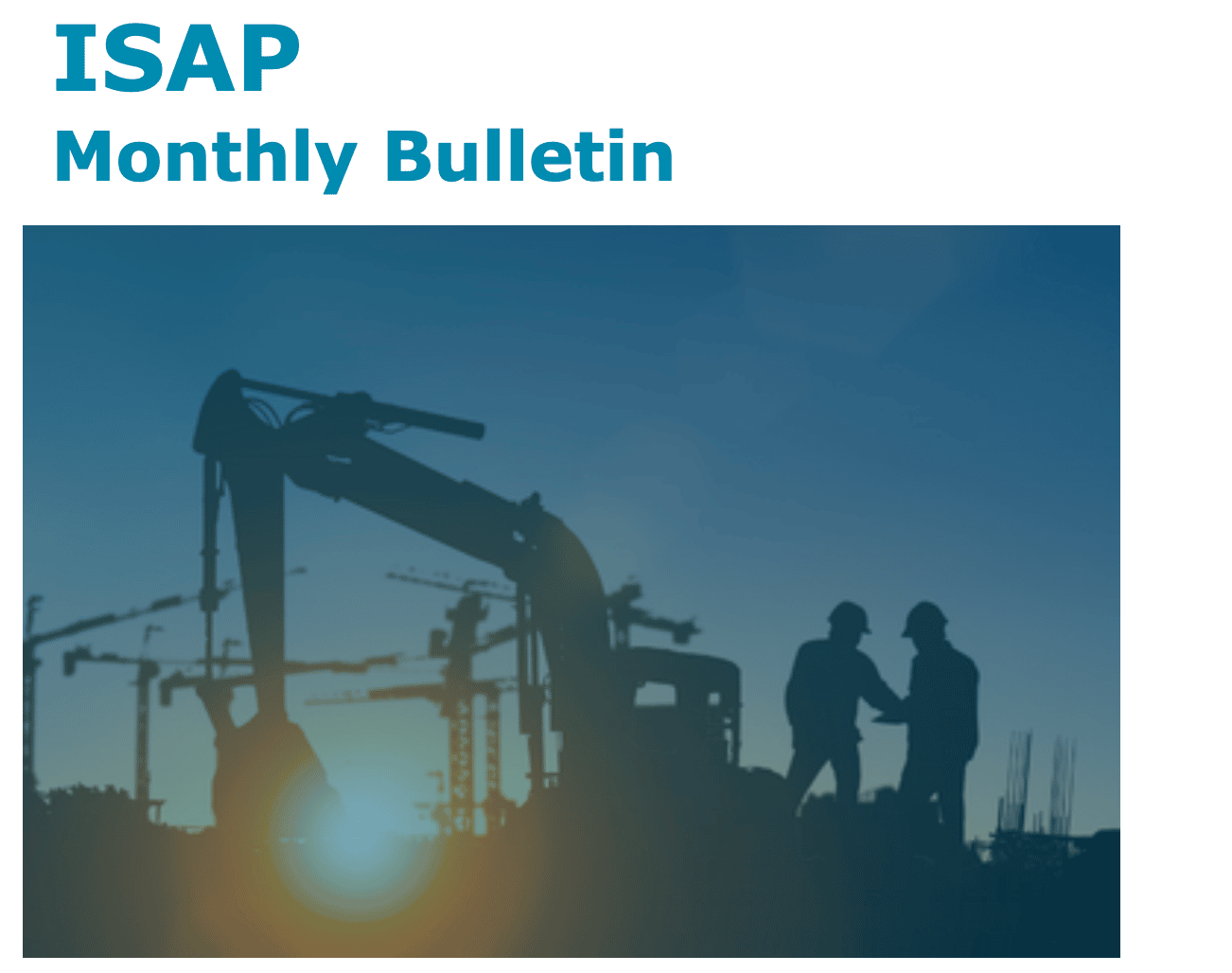
- November Monthly Bulletin – Click here to access
- December Monthly Bulletin – Click here to access
- January Monthly Bulletin – Click here to access
- February Monthly Bulletin – Click here to access
- March Monthly Bulletin – Click here to access
- April Monthly Bulletin – Click here to access
10 Stories to Celebrate 10 Years
On Wednesday 29 February 2012, then federal Infrastructure Minister Anthony Albanese stood before a packed crowd at Parliament House in Canberra to unveil Australia’s first national rating scheme for sustainable infrastructure.
Wishing the Infrastructure Sustainability Rating Scheme, or IS for short, a “busy life”, Mr Albanese noted that project teams working on everything from roads to railways, drains to dams, sewers to cycleways now had the tools to do better.
In the decade since, IS has influenced the outcomes on $219.8 billion in infrastructure projects. Behind each of these infrastructure assets is a group of passionate people working collectively with one aim: to build better infrastructure and better cities. To celebrate the IS Rating Scheme’s tenth anniversary, here are ten of their stories.

